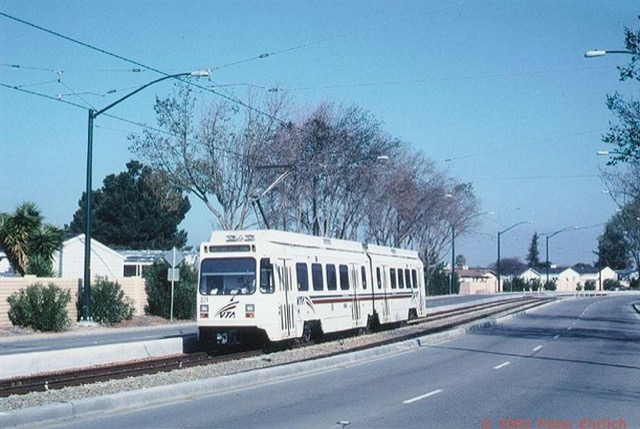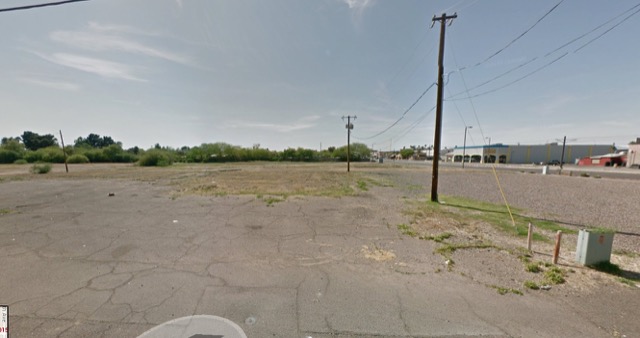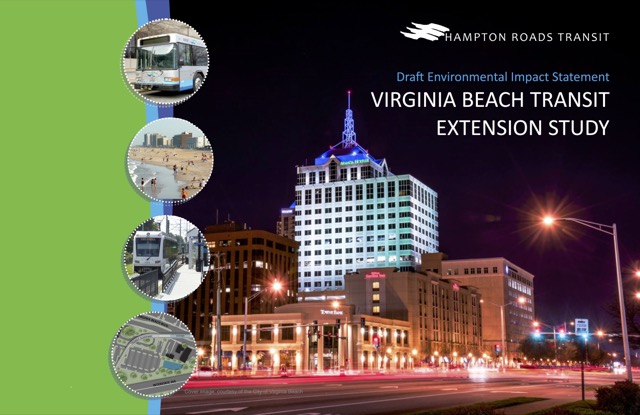Canberra, Australia’s capital, is considering spending close to $1 billion building a light-rail line. But a new study by computer programmer Kent Fitch finds that shared, self-driving cars make a lot more sense.
Where light rail would lose money, a fleet of shared, self-driving cars could earn a profit. Where light rail would serve just one corridor, self-driving cars would serve the entire urban area. Where light rail would require a massive expenditure on new infrastructure, self-driving cars would use existing infrastructure. While light-rail would require people to walk to stations and wait for a railcar, more than 96 percent of self-driving car patrons would have to wait less than a minute for a car to meet them at their door.
Fitch observes that Canberra, being entirely a twentieth-century city, is simply not designed for public transit, which is why ridership on the city’s stagnant or declining. When a city is too decentralized for “medium-box” transit like buses, the solution is not to go to “big-box” transit, which only works if a lot of people want to go from point A to point B at the same time. Instead, the solution is smaller-box transit, such as shared cars.










